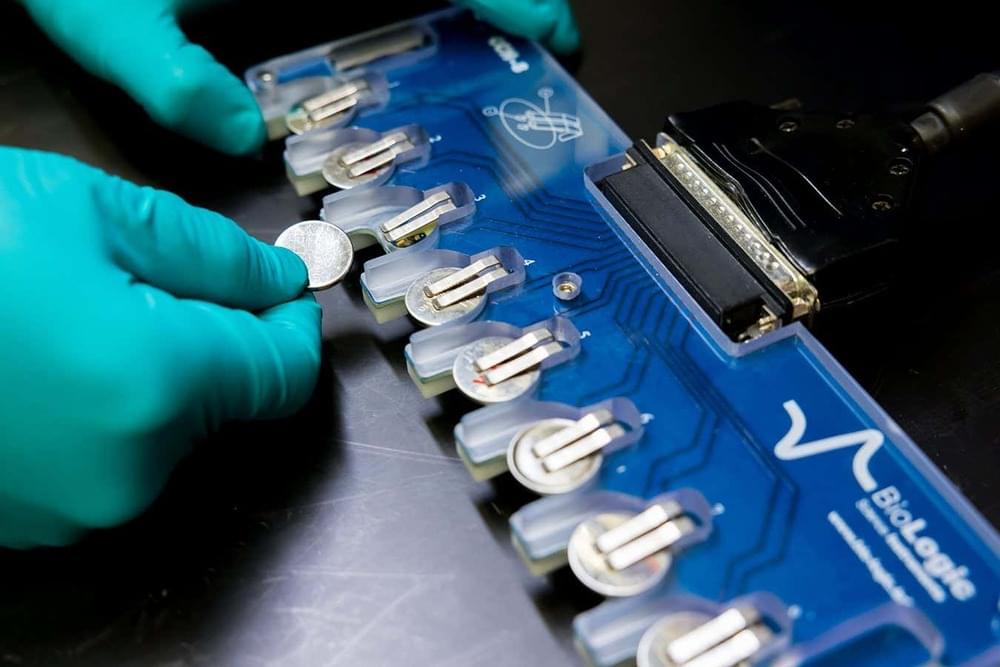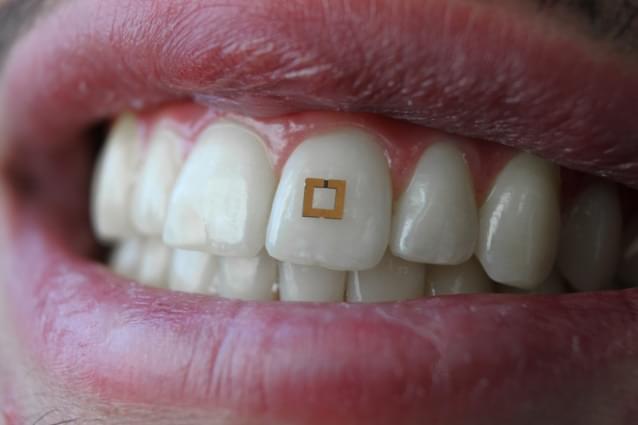Organoid intelligence is the growing of mini-brains from human stem cells, which has potential benefits for medical research and treatments.
However, there are significant ethical concerns related to the possibility of creating conscious entities and the potential for misuse. Organoid intelligence could offer valuable insights into neurological diseases, but we must establish a framework for their creation and treatment to ensure ethical use. As we continue to develop this technology, we must approach it with caution due to the potential dire consequences of its misuse.
#organoidintelligence #artificialintelligence #ethics






